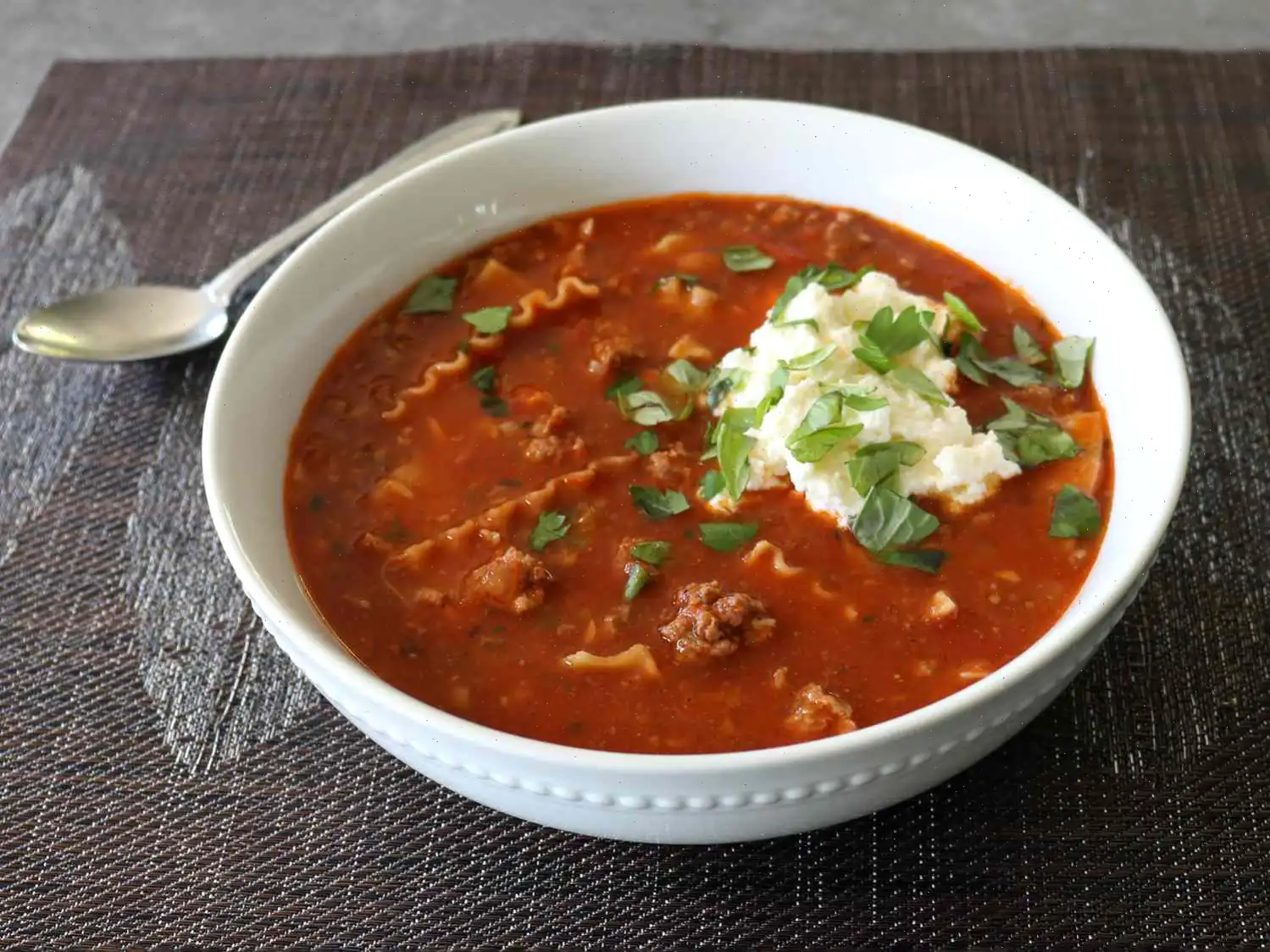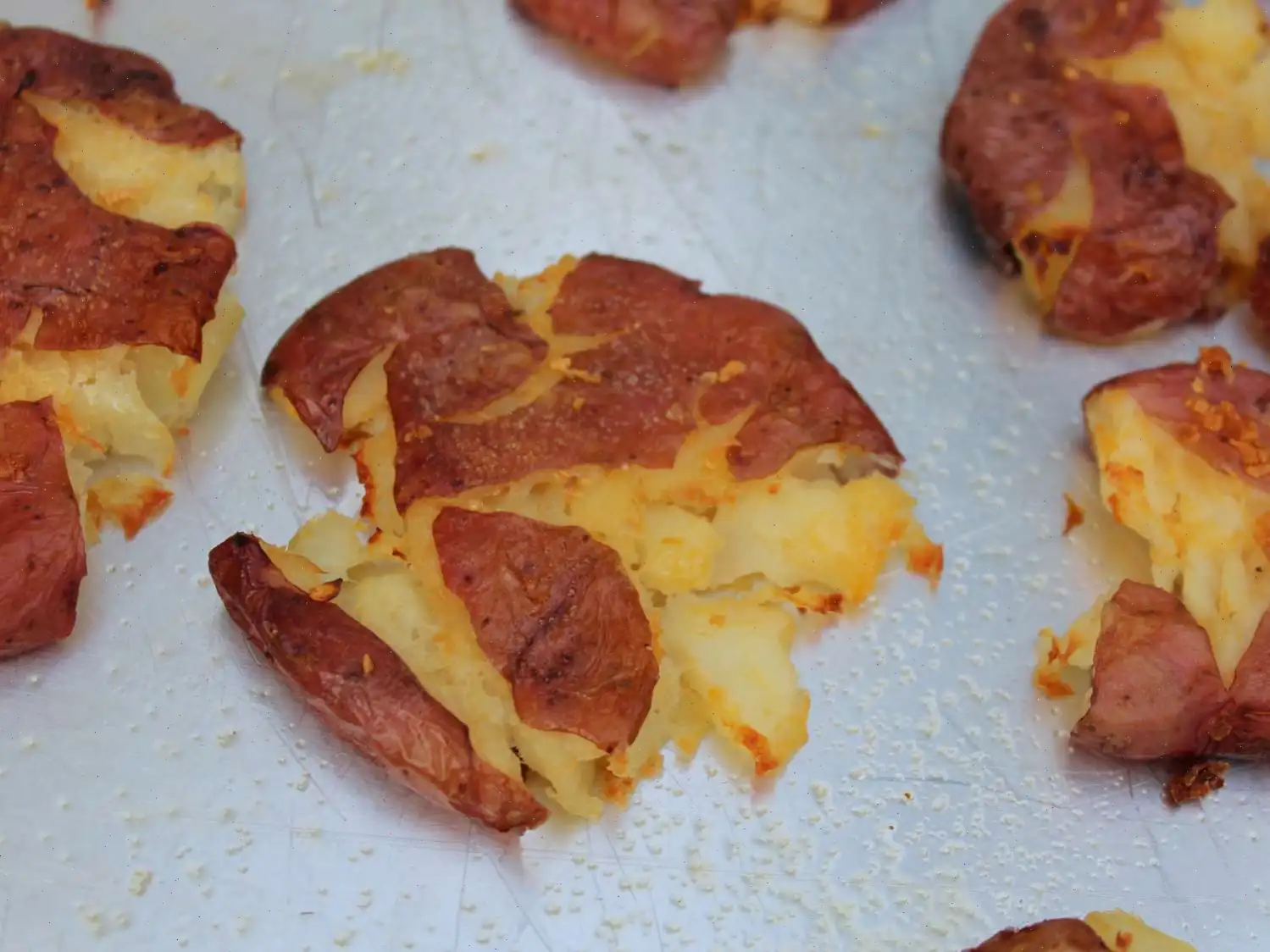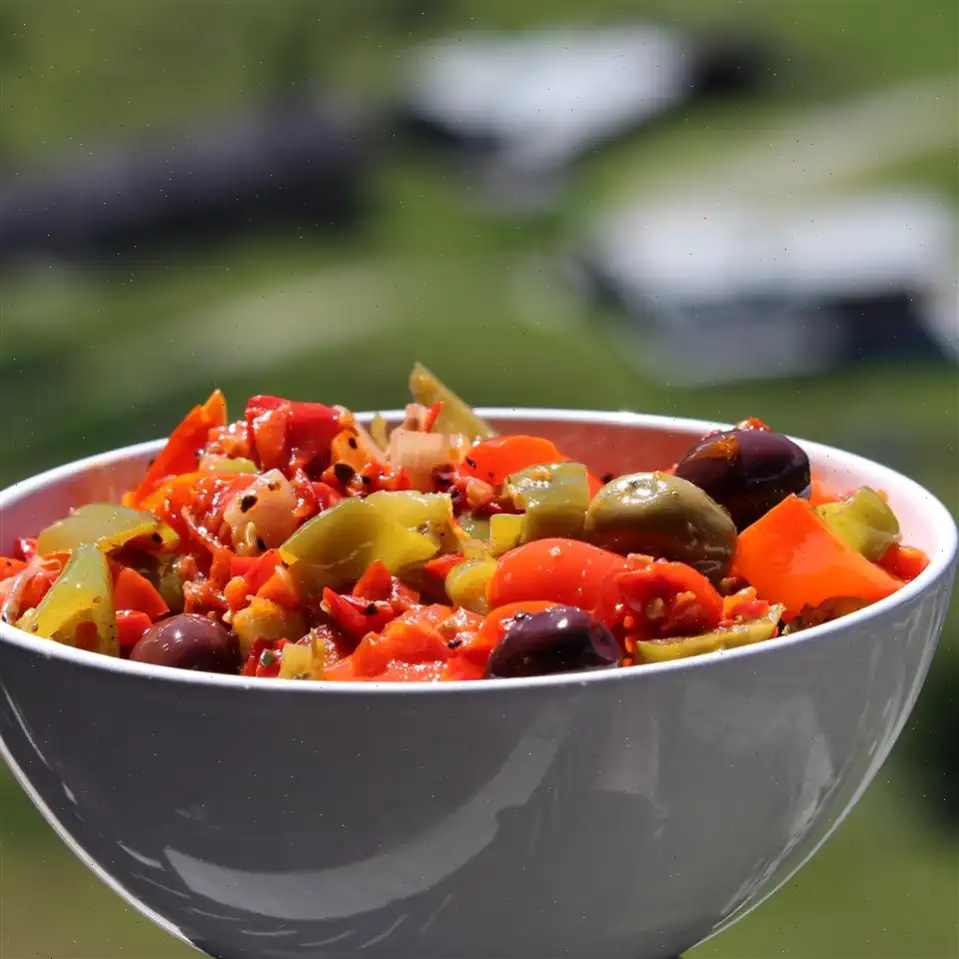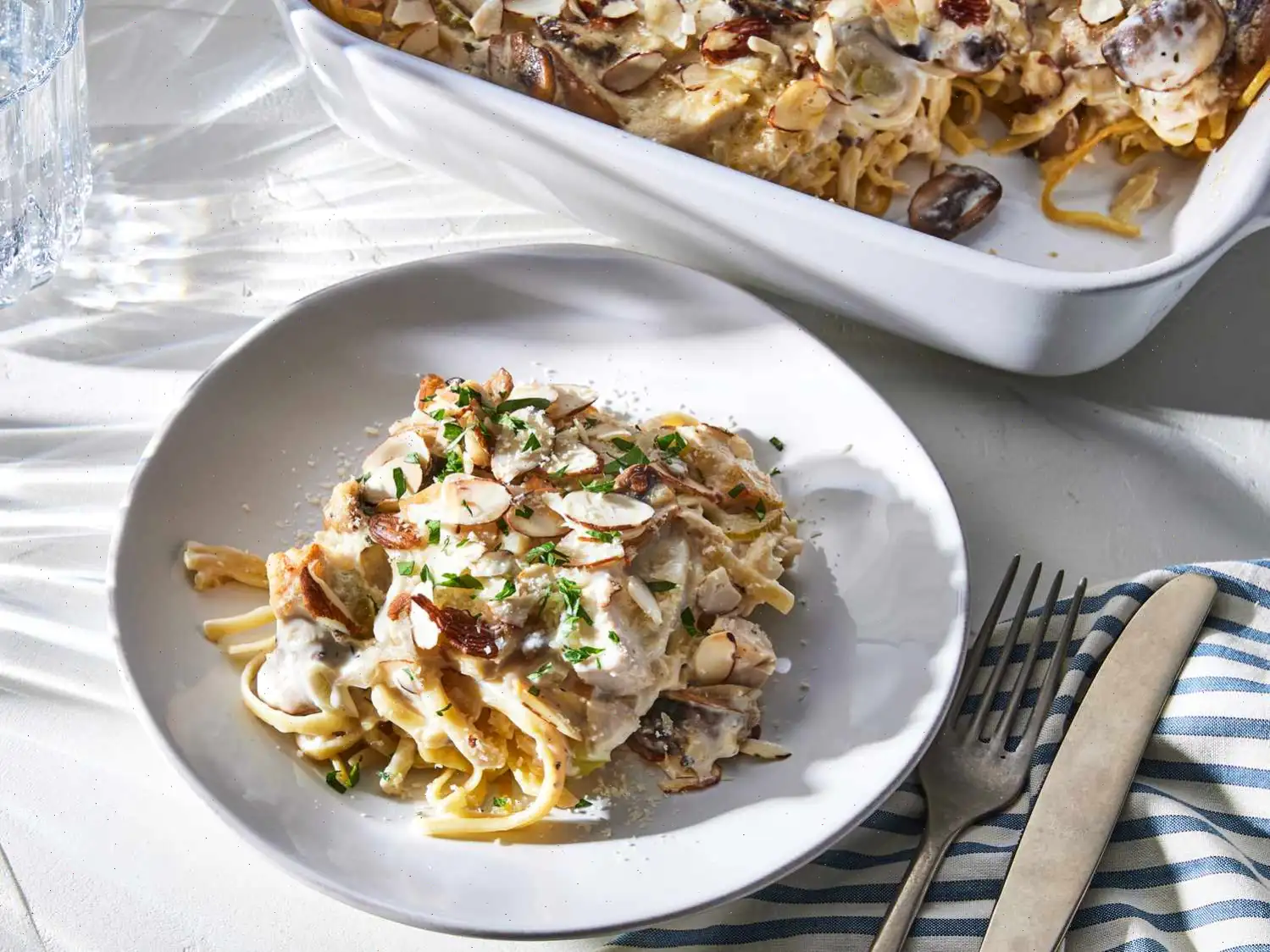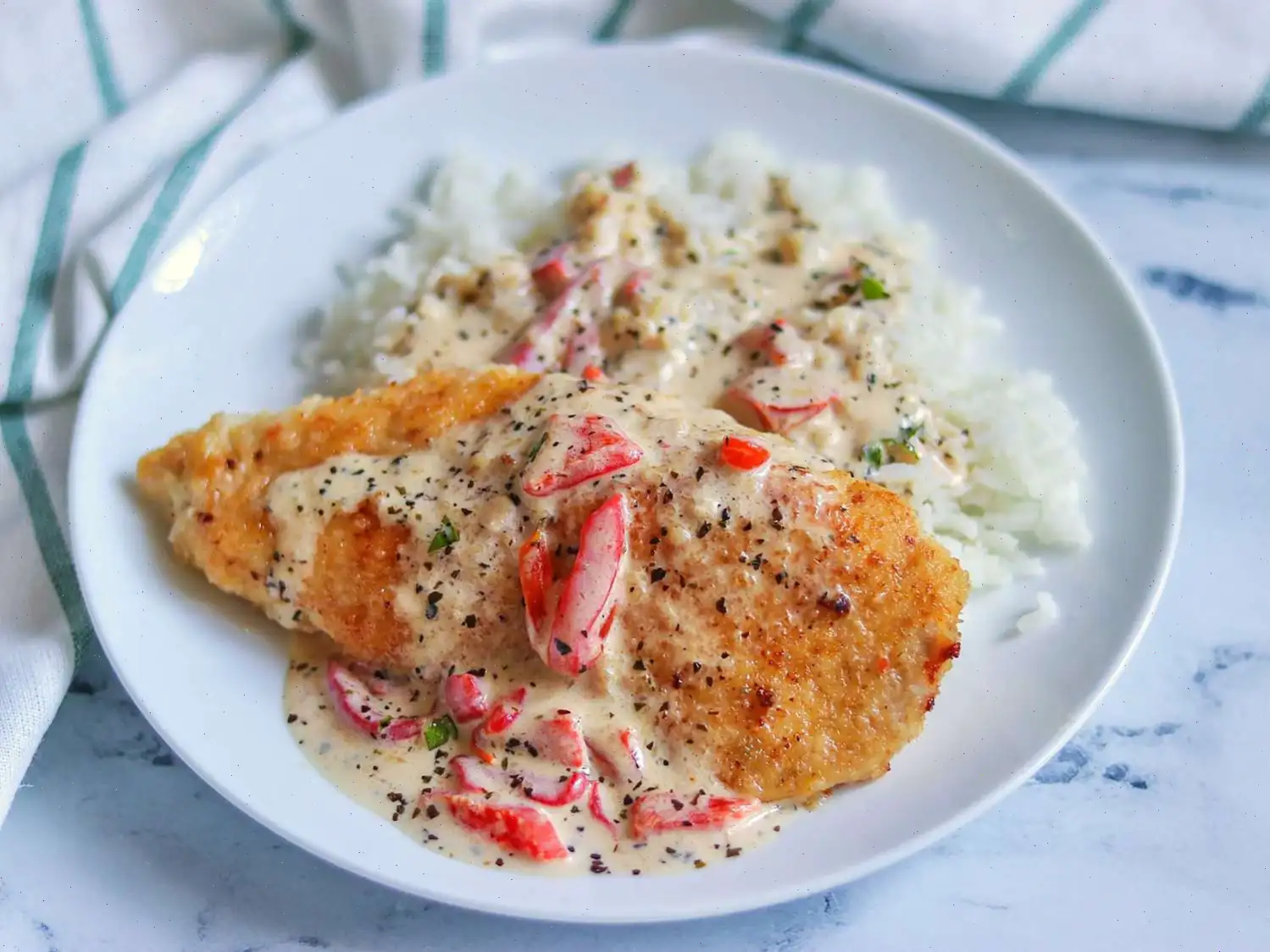
Baked Whole Crappie Recipe
Ingredients
- 4 whole crappie fish, gutted and cleaned, tails still on
- 1 bunch fresh cilantro
- 1/4 cup extra virgin olive oil
- 2 tablespoons lime juice
- 3 cloves garlic
- 2 teaspoons salt
- 1 teaspoon paprika
- 8 thin lemon slices
Directions
- Preheat the oven to 400F (200C). Line a shallow baking pan with aluminum foil.
- Pat the fish dry with a paper towel, then score the skin in a diamond pattern using a sharp knife.
- Place the prepared fish on the baking pan. Cover the tails with aluminum foil to prevent overbrowning.
- In a blender, combine the cilantro, olive oil, lime juice, garlic, salt, and paprika. Pulse until the mixture forms a smooth paste.
- Spread the cilantro-garlic paste generously over each fish, pressing it into the scored sections of the skin.
- Top each fish with 2 thin lemon slices.
- Bake the fish in the preheated oven for about 20 minutes, or until the fish flakes easily when tested with a fork.
Nutrition Facts (per serving)
- Calories: 338
- Total Fat: 24g (31% DV)
- Saturated Fat: 4g (21% DV)
- Cholesterol: 94mg (31% DV)
- Sodium: 1233mg (54% DV)
- Total Carbohydrate: 3g (1% DV)
- Dietary Fiber: 1g (3% DV)
- Total Sugars: 1g
- Protein: 27g (54% DV)
- Vitamin C: 13mg (14% DV)
- Calcium: 29mg (2% DV)
- Iron: 1mg (5% DV)
- Potassium: 616mg (13% DV)
Percent Daily Values are based on a 2,000 calorie diet. Your daily values may be higher or lower depending on your calorie needs.

Author: Chef Mo | Visit Chef's Profile
Origin of Baked Whole Crappie
The crappie, a member of the sunfish family, is native to North America. It is widely found in freshwater lakes, rivers, and reservoirs across the United States, particularly in the Midwest and Southern regions. The method of baking whole fish, such as in this recipe, is a traditional technique that has been used for centuries, especially in coastal and lakeside communities. While the specific origins of this dish are not well-documented, crappie has long been a popular choice for anglers and home cooks alike due to its delicate texture and mild flavor. The combination of crappie with a zesty cilantro and garlic paste highlights the simple yet flavorful seasoning often favored in American fish dishes.
Regional Features
Crappie is most commonly found in the United States, with significant populations in the Great Lakes and the Mississippi River basin. The baking technique used in this recipe is typical in regions where fish are abundant, such as the Great Lakes area, the South, and the Midwest. In these areas, crappie fishing is a popular pastime, and recipes like this are often enjoyed by families and communities during fish fries or as a main dish at home-cooked meals. The use of fresh cilantro, garlic, and lime reflects a flavor profile popular in Southern and Latin American cuisine, merging diverse culinary traditions.
Difference from Similar Dishes
Compared to other baked fish dishes, such as baked tilapia or trout, the Baked Whole Crappie stands out for its distinct, mildly sweet and tender flesh. Unlike tilapia, which tends to have a more neutral flavor, crappie offers a slightly firmer texture, making it ideal for baking whole. The cilantro-garlic paste used in this recipe adds a unique flavor that differentiates it from more common seasoning combinations, which might focus on butter or lemon. This dish is more intense in flavor due to the fresh cilantro, lime juice, and paprika, which create a bold yet harmonious balance.
Where is it Typically Served?
Baked Whole Crappie is often served in informal settings like family dinners, particularly during fish fries or gatherings by the lake. It is common in fishing communities and areas where crappie are abundant. In some Southern states, such as Louisiana and Mississippi, it is a staple at local seafood restaurants, often paired with side dishes like hushpuppies, coleslaw, or roasted vegetables. The simplicity and heartiness of the dish make it perfect for both casual meals and more festive occasions, such as family reunions or community gatherings.
Interesting Facts about Crappie
- Crappie are often referred to as "the panfish" due to their small size and tender flesh, which makes them ideal for pan frying, grilling, or baking.
- The name "crappie" is believed to have been derived from the French word "crappie," which was a term for a small, shallow-water fish.
- Crappie fish are known for their ability to grow quickly, and they can be found in both black and white varieties, with black crappie being slightly more popular due to its delicate texture.
- During peak fishing seasons, anglers can catch dozens of crappies in a single day, especially during their spawning season in the spring when they gather in large schools.
- In addition to being a culinary favorite, crappie are also sought after by sport fishers, as they provide an exciting challenge due to their elusive nature.
FAQ about Baked Whole Crappie Recipe
Comments
Tyler Rivera
02/16/2025 08:08:14 PM
Made it last night — flavor on point.



